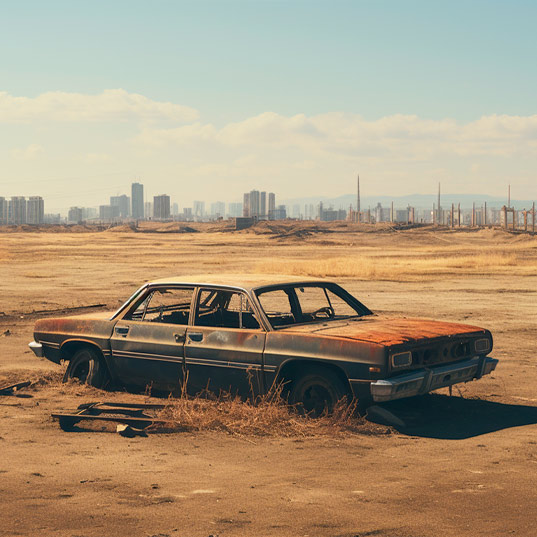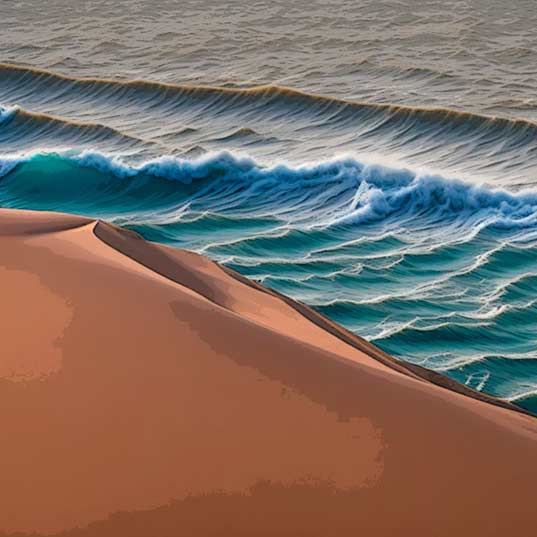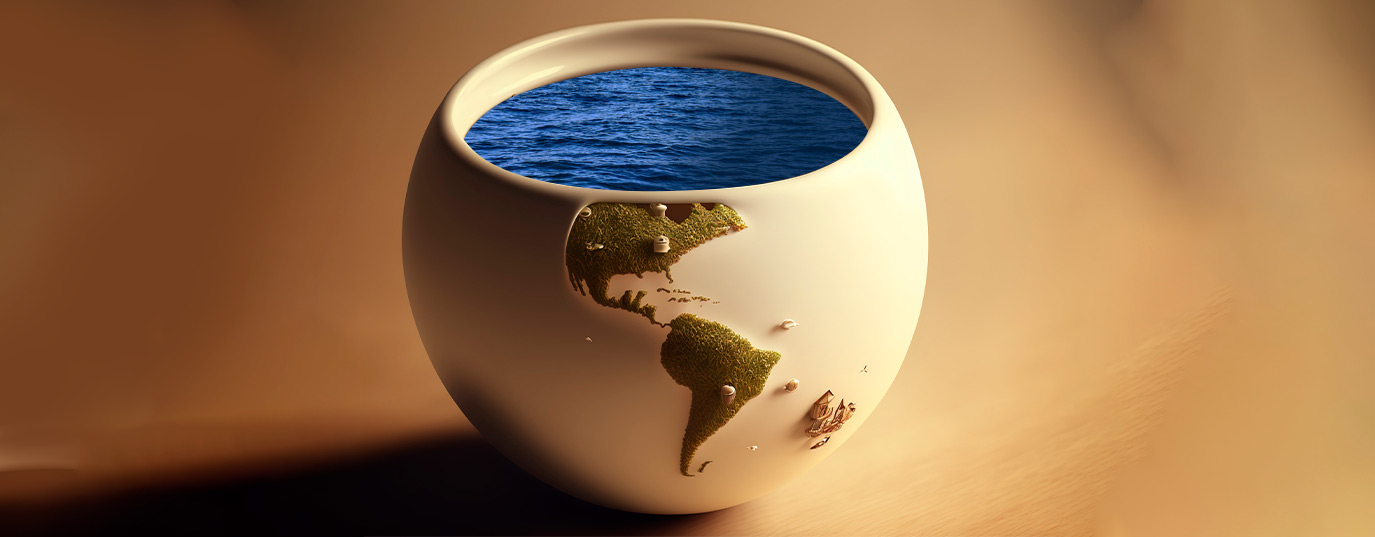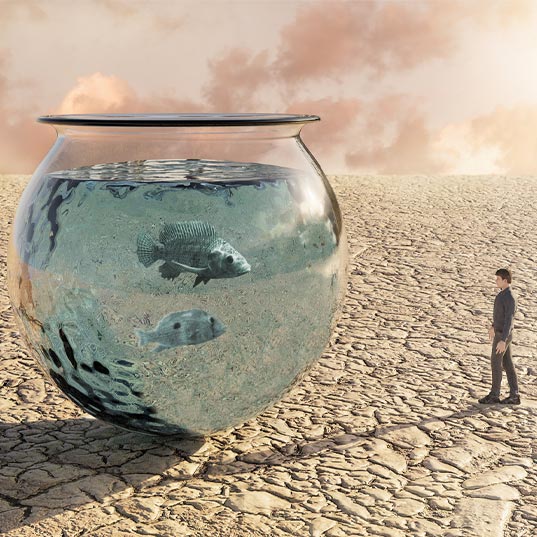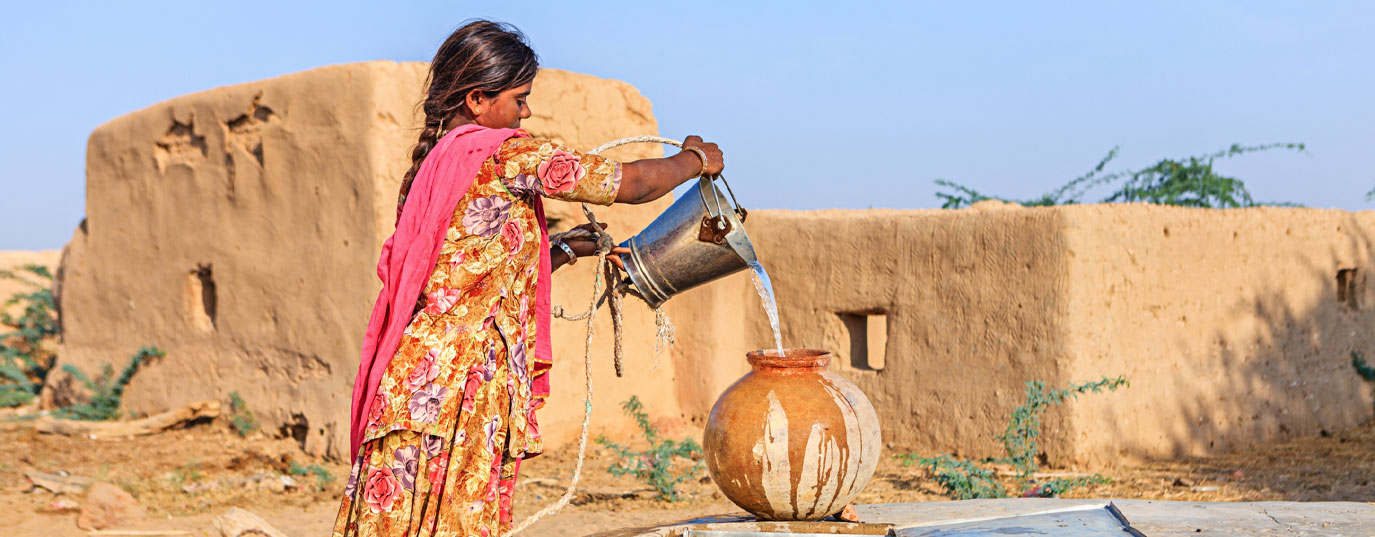Do you know your water footprint? 7 pieces of curious data about water usage
It is expected that by 2025 two thirds of the world population will live in water stressed areas. How can you know your water footprint?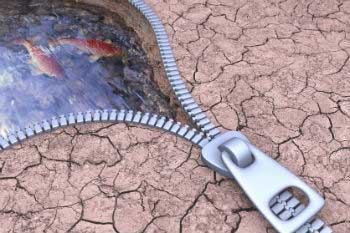
The water footprint of a person, community, company or country is the total amount of fresh water used for producing goods and services that are consumed. The term was coined in 2002 by Dutch Professor Arjen Hoekstra, and ever since then data have been collected from different countries in order to know about their water footprints.
Water footprints generated by man and climate change effects raise severe and moderate water stress which 50 countries are now suffering from. This means that in those places there is a greater demand for water than the volume available. It is expected that by 2025 two thirds of the world population will live in water stressed areas.
How can you know your water footprint?
In our daily activities we use more water than we could possibly imagine. It is also used in food as well as in production and manufacturing processes.
We should distinguish three types of water footprints:
Blue water: Surface or groundwater introduced into products and returned to the environment.
Green water: Evaporated water which comes from rain and humidity.
Grey water: Water polluted by the production of goods and services.
The world´s annual water footprint average is 1,240 cubic metres per capita. Just to get an idea of the amount of water that countries consume, we have the Spanish example, with an annual 2,325 m3 water footprint per each person, or the US, where each person uses 2,500 m3 of water every year.
Water footprint: Seven curious facts
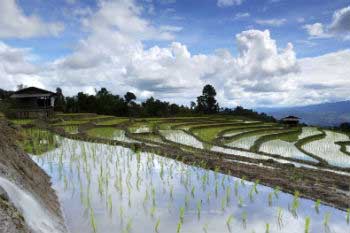
1. 16,000 litres of water are necessary for producing 1 kilogramme of meat; 3,000 litres for 1 kilogramme of rice, and 700 litres for 10 apples.
2. The lack of drinking water causes the death of 4,500 children every day, especially in developing countries.
3. The awful impact of cotton crops in Uzbekistan, Central Asia: The intensive irrigation has made the Aral Sea become dried out. Curiously enough, that water usage is used in cotton production, which is then exported. It has been thus calculated that the EU is indirectly responsible for 20% of the Aral Sea´s drying out.
4. Around 1,800 million people will suffer from water scarcity in 2025. 50 countries are now suffering from severe or moderate water stress, but this number could increase as a result of climate change.
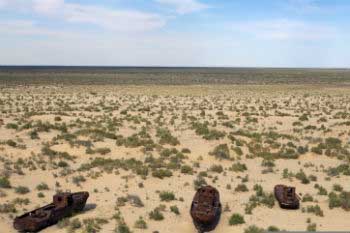
5. Cereals, meat and milk are the products which needs most water.
6. A dripping tap wastes up to 75 litres a day.
7. China, India and the US are the countries which use most water (38% of the total).
According to Arjen Hoekstra, “many countries have significantly externalised their water footprint, importing water-intensive goods from elsewhere. This puts pressure on the water resources in the exporting regions, where too often mechanisms for wise water governance and conservation are lacking.”
How can we reduce our water footprint and be responsible consumers?
- Choose the foods that are produced near home, and most importantly, preferring vegetables to meats.
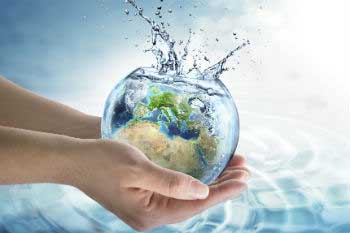
- Be careful when taking a shower, doing the washing-up, turning on the washing machine (always full), flushing the toilet (not using it as a “waste-paper basket”), or when watering the garden plants.
- It is important to be aware of the products´ life cycle and the water used for their production, delivery and disposal.
- Look at the labels. For example, there can be a great difference between a garment´s water footprint and another´s when being produced.
Saving water in as many ways as possible is necessary for reducing our water footprint and its impact on earth. What do you do for reducing your water footprint? And for saving water at home?
More information: UNESCO, Arjen Hoekstra.


